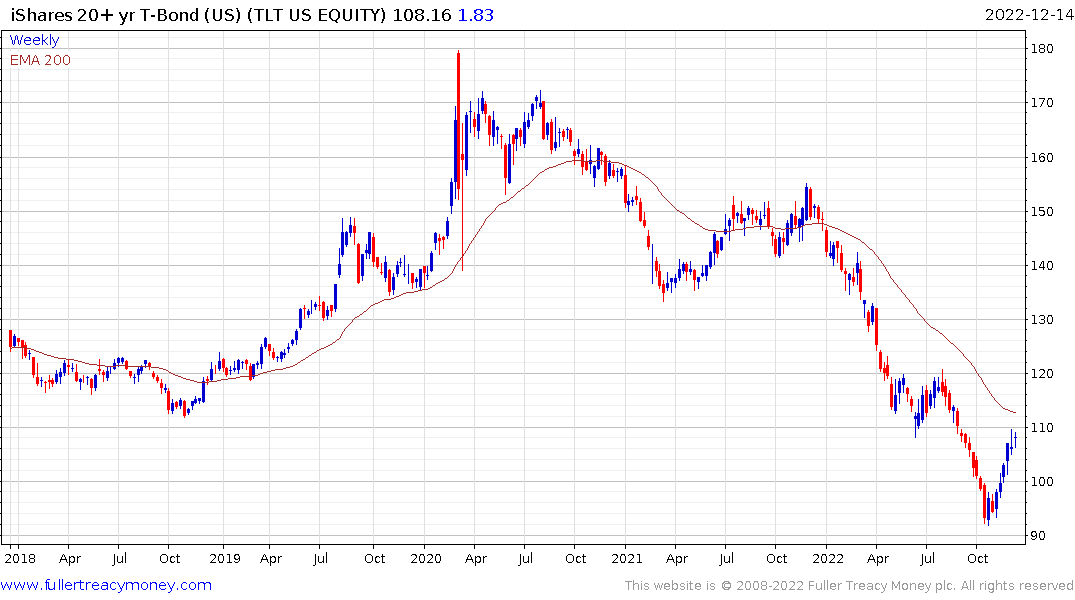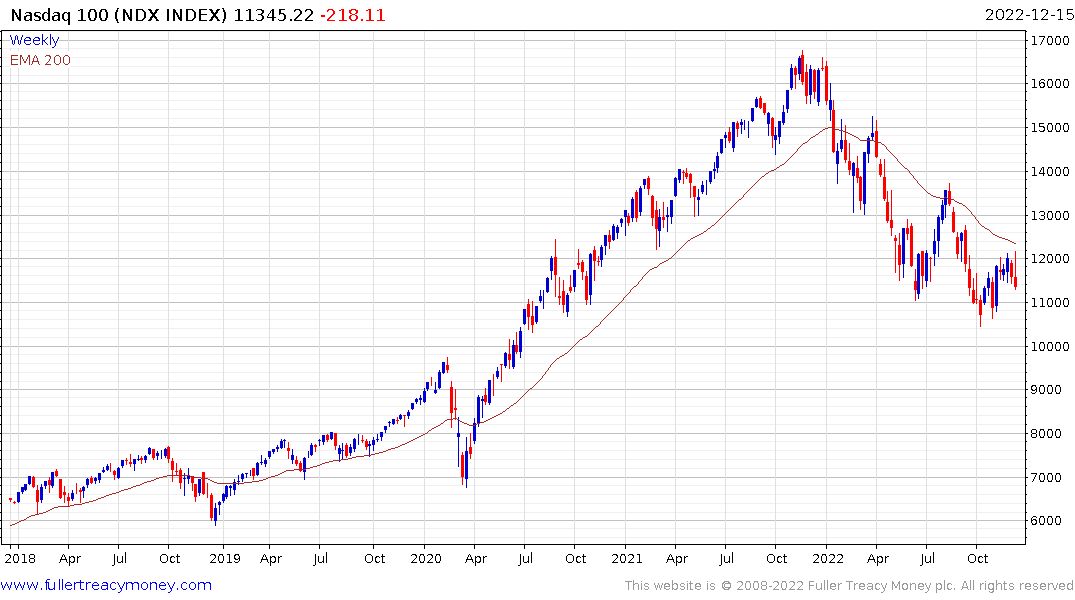Sea Change
Thanks to several subscribers for sending through Howard Marks’ latest memo. Here is a section:
As I’ve written many times about the economy and markets, we never know where we’re going, but we ought to know where we are. The bottom line for me is that, in many ways, conditions at this moment are overwhelmingly different from – and mostly less favorable than – those of the post-GFC climate as described above. These changes may be long-lasting, or they may wear off over time. But in my view, we’re unlikely to quickly see the same optimism and ease that marked the post-GFC period.
We’ve gone from the low-return of 2009-21 to a full-return world, and it may become more so in the near term. Investors can now potentially get solid returns from credit instruments, meaning they no longer have to rely as heavily on riskier investments to achieve their overall return targets. Lenders and bargain hunters face much better prospects in this changed environment than they did in 2009-21. And importantly, if you grant that the environment is and may continue to be very different from what it was over the last 13 years – and most of the last 40 years – it should follow that the investment strategies that worked best over those periods may not be the ones that outperform in the years ahead.
That’s the sea change I’m talking about.
There is really only one big question. Will the Fed relent and revert to the GFC playbook when unemployment rises and economic hardship stokes deflationary fears? 2023 will probably deliver an answer.
The bond market is pricing in lower rates in 2023 even as the Federal Reserve dot plot indicates a 5% rate by the end of the year. It’s a widely held belief among bond investors that the 2-year is the best lead indicator of Fed policy and it is now 0.25% below the Fed Funds rate.
The only way that mismatch is going to be corrected is with a significant downside surprise to inflation which could only be delivered by a steep recession.
I agree that positive real rates will be required to truly contain inflationary pressures but there is no possibility of that occurring this side of a recession.
 The iShares 20+ year Treasury Bond ETF continues to unwind its oversold conditions relative to the 200-day MA.
The iShares 20+ year Treasury Bond ETF continues to unwind its oversold conditions relative to the 200-day MA.
My hunch is central banks have been sufficiently chastened by the jump in inflation and knock-on effect for borrowing costs that they will be less generous during the next easing cycle. That implies Treasury yields will probably stall out around 2%.
 The Nasdaq-100 continues to pull back from the region of the 200-day MA. At the time of writing it is working on a large downside weekly key reversal which suggests there is clear scope for a retest of the 10000 area in the near term.
The Nasdaq-100 continues to pull back from the region of the 200-day MA. At the time of writing it is working on a large downside weekly key reversal which suggests there is clear scope for a retest of the 10000 area in the near term.


